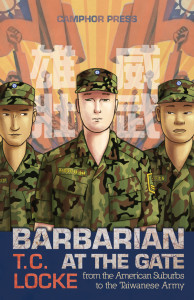Romanizations for Taiwanese
The early Western missionaries who came to China were confronted with two major problems - how to communicate with a largely illiterate population; and how to go about learning a language that wasn't written down at all. In those days, the only form of written Chinese was wenyan, which is now known as Classical Chinese or Literary Chinese. This was purely a written language, and only distantly related to the different kinds of Chinese that people actually spoke.
To many of these missionaries the answer was simple - compile a romanized form of the local speech and use it both to teach the language to Christian proselytizers and to their local converts. This had the advantage not only of closely mirroring the spoken form, but also of being far easier to learn than Chinese characters.
Today Chinese-speaking children typically spend five years acquiring the written language, a process which involves the rote memorization of thousands of characters. The romanized form, on the other hand, whether it be Mandarin, Cantonese or Taiwanese, can be successfully learned in a couple of weeks, and has the huge benefit that anything a student can say, they can write.
To learn more about the individual romanization systems, see the following pages:
- Peh-oe-ji • The original romanization
- Phofsit Daibuun • Romanization with tonal spelling
- Tai-lo • A POJ-based government-backed system
- TLPA • Another POJ-based system
- Tongiong • based on Tongyong for Mandarin


